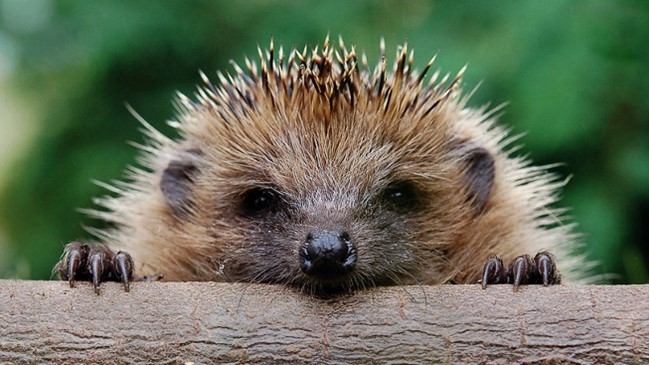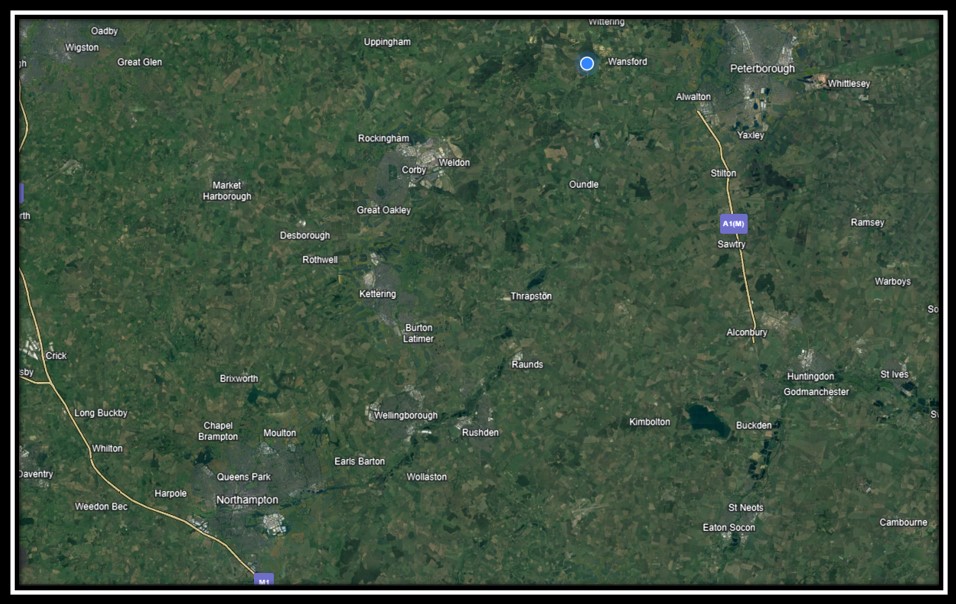In the evening quiet, here at Rockingham Forest Park, if you listen carefully, you will hear the melodic padding of our tiny hedgehog friends as they go about their business in our ancient woodland.
Hedgehogs are nocturnal and should only be snuffling about during the evening. They rely on hearing and smell due to their extremely poor eyesight and are one of the oldest mammals on earth with origin estimates dating to around 15 million years ago! No wonder their eyesight is bad!
Tiggywinkles love to sleep during the day in a specially built nest or thick undergrowth, grass, moss, piles of leaves and unlit bonfires! Our Forest is the perfect bedroom and playground for them.
Whilst our Hedgehog friends are not endangered numbers are in decline due to habitat loss, here at Rockingham Forest we love to see our prickly little friends and are sure to give them all the space to roam they could desire.
Hedgies are protected under the Wildlife and Countryside Act in Britain and may not be trapped without a licence.
*Fun facts, they are called Hedgehogs for a reason. The ‘Hedge’ part comes from them liking to build nests in hedgerows. A baby hedgehog is called a hoglet or a piglet and they stay in the nest until about 3 weeks old 😊*

Hedgehogs can roll into a ball and their spines will protect them from predators, except for persistent badgers or dogs. The spines, all 5,000 – 7,000 of them, are hollow and made of Keratin just like your fingernails and will give you a sharp jab if handled the wrong way. Their face and underside are covered in coarse hair.
Our Hedgehog friends also have a trick up their…sleeve? against predators. These amazing little beasts are immune to certain poisonous plants, which they eat before making a frothy saliva in their mouth. They lick their spines, spreading the plant’s poison all over their spikes. Scientists believe this may help them hide their scent or give a predator a nasty shock if they attack.
The body of adult Hedgehogs ranges from 14 to 30 centimetres long and their tail can add one to six centimetres. There are around 15 distinct species of hedgehog found across Europe, Asia, and Africa. Whilst these cool critters stay on the ground, they are quite good swimmers and can climb trees too!
Top of their food menu is insects, berries, small mice, snails, lizards, worms, frogs, eggs and even snakes. Delicious!
Hedgehogs can be difficult to detect but searching for their footprints is an effective way of discovering if they have been around. Both the front and back feet have five toes, though often only four toes show up on the tracks. The front feet are wider, and they look like little hands, cute. 
Footprint tunnels are a fun and straightforward way to track them, simply lay down paper and let them create their own muddy masterpieces. Let us know if you spy any of our prickly friends!
Written by Faye McGregor


















